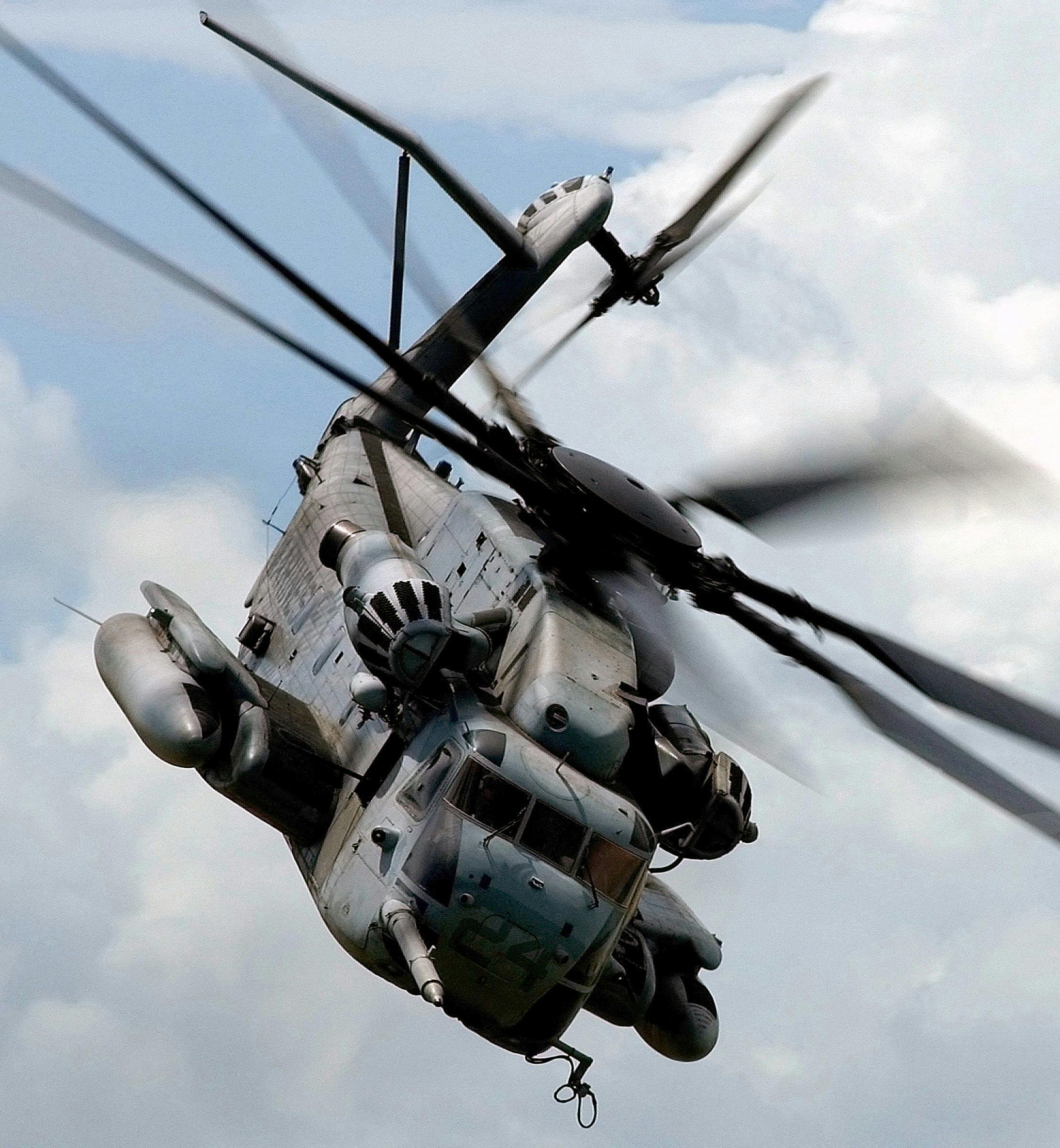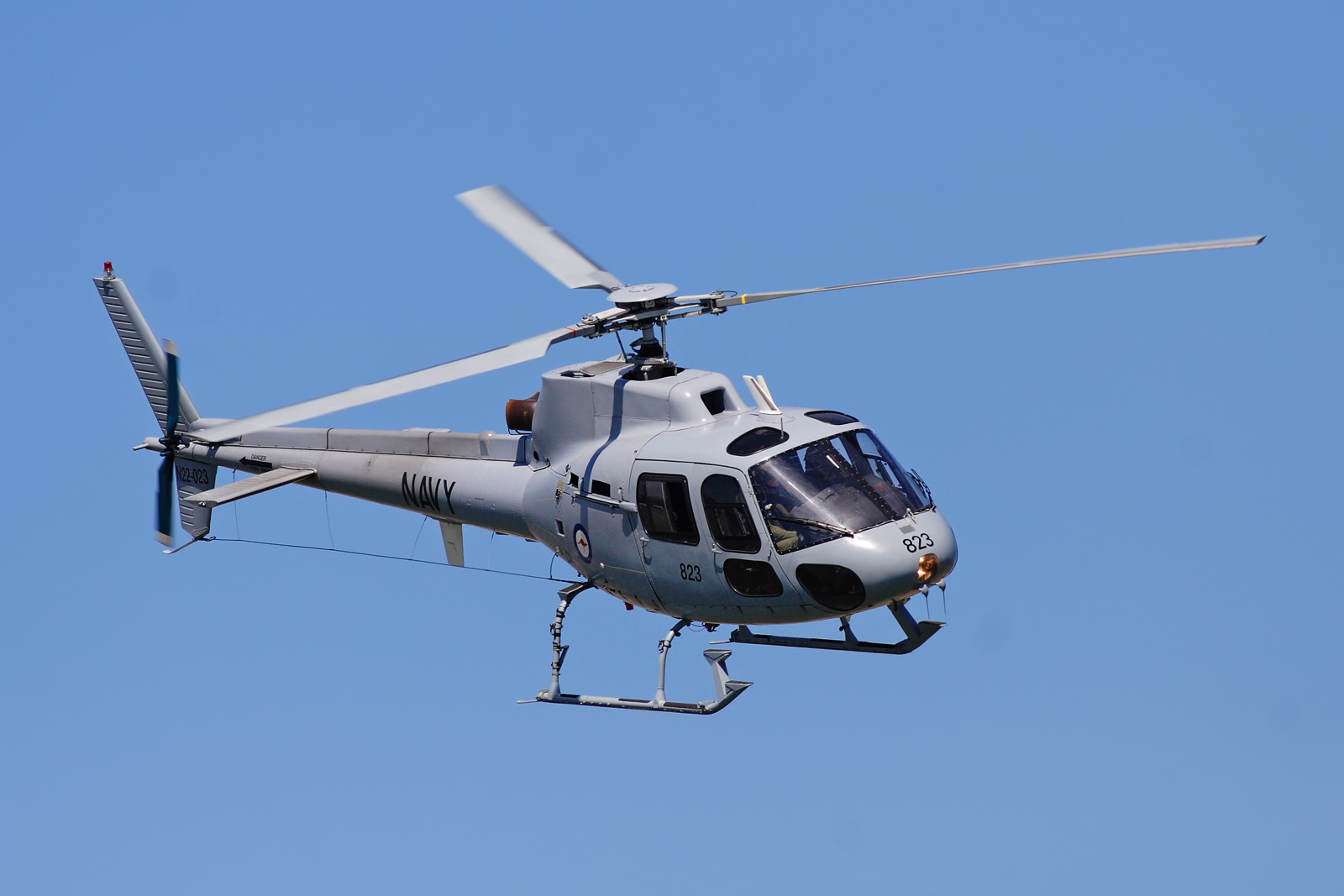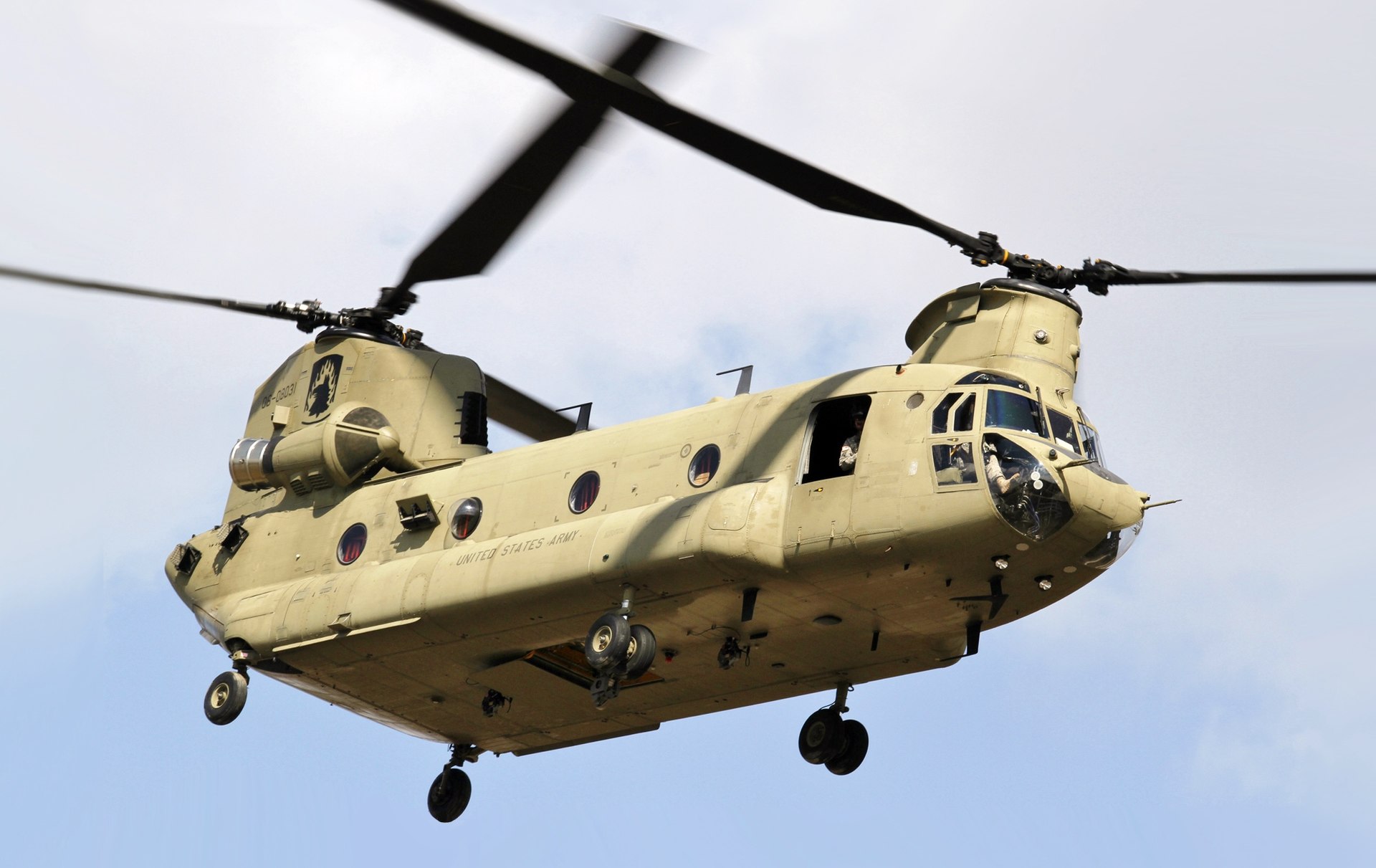A helicopter is a type of aircraft that is lifted and propelled by one or more rotors. It is a versatile and useful machine that has many applications, including transportation of people and goods, search and rescue operations, medical evacuation, and aerial reconnaissance. Today, there are many different types of helicopters, each designed to meet specific needs and requirements.

How Helicopters Work
Helicopters work by using rotors to generate lift and propel the aircraft through the air. The main rotor, located on top of the helicopter, provides the majority of the lift. The tail rotor, located at the rear of the helicopter, counteracts the torque generated by the main rotor and helps keep the helicopter stable in flight.
The main rotor blades are mounted on a hub that is connected to the engine. The engine provides the power needed to turn the rotors, which in turn generates lift. The lift generated by the rotors is what allows the helicopter to rise into the air and stay aloft.
In order to control the movement of the helicopter, the pilot changes the pitch of the main rotor blades, which changes the amount of lift they generate. This allows the helicopter to move up and down, forward and backward, and side to side. The tail rotor is used to control the helicopter's yaw, or rotation about its vertical axis.

Famous Helicopter Models
-
Bell 206 JetRanger
The Bell 206 JetRanger is a popular light utility helicopter that is commonly used for a variety of purposes, including air ambulance, corporate transportation, and aerial photography. It is known for its reliability and versatility, as well as its relatively low cost of operation and maintenance.

-
Eurocopter AS350 Écureuil
The Eurocopter AS350 Écureuil is a single-engine helicopter that is widely used for a variety of purposes, including air ambulance, search and rescue, and law enforcement operations. It is known for its maneuverability, speed, and range, as well as its ability to operate in difficult environments, such as high altitudes and hot climates.

-
Sikorsky UH-60 Black Hawk
The Sikorsky UH-60 Black Hawk is a medium-lift utility helicopter that is used by the military for a variety of purposes, including troop transport, medical evacuation, and aerial reconnaissance. It is known for its durability, speed, and range, as well as its ability to operate in a variety of environments, including desert, jungle, and urban areas.

-
AgustaWestland AW139
The AgustaWestland AW139 is a twin-engine helicopter that is used for a variety of purposes, including air ambulance, corporate transportation, and offshore oil and gas operations. It is known for its speed, range, and spacious cabin, as well as its ability to operate in a variety of environments, including hot and high conditions.

-
Boeing CH-47 Chinook
The Boeing CH-47 Chinook is a heavy-lift helicopter that is used by the military for a variety of purposes, including troop transport, cargo transport, and heavy equipment delivery. It is known for its ability to carry large loads over long distances, as well as its versatility and durability.

Uses of Helicopters
Due to the operating characteristics of the helicopter—its ability to take off and land vertically, and to hover for extended periods of time, as well as the aircraft's handling properties under low airspeed conditions—it has proved advantageous to conduct tasks that were previously not possible with other aircraft, or were time- or work-intensive to accomplish on the ground. Today, helicopter uses include transportation of people and cargo, military uses, construction, firefighting, search and rescue, tourism, medical transport, law enforcement, agriculture, news and media, and aerial observation, among others.
A helicopter used to carry loads connected to long cables or slings is called an aerial crane. Aerial cranes are used to place heavy equipment, like radio transmission towers and large air conditioning units, on the tops of tall buildings, or when an item must be raised up in a remote area, such as a radio tower raised on the top of a hill or mountain. Helicopters are used as aerial cranes in the logging industry to lift trees out of terrain where vehicles cannot travel and where environmental concerns prohibit the building of roads. These operations are referred to as longline because of the long, single sling line used to carry the load. In military service helicopters are often useful for delivery of outsized slung loads that would not fit inside ordinary cargo aircraft: artillery pieces, large machinery (field radars, communications gear, electrical generators), or pallets of bulk cargo. In military operations, these payloads are often delivered to remote locations inaccessible due to mountain and river terrain, or naval vessels at sea.
A "heli tack" is the use of a helicopter to fight forest fires. Helicopters are used for aerial firefighting (depth bombs), can be equipped with tanks, and can carry helibuckets. Heli buckets, like the Bambi Bucket, are typically filled by dipping the bucket into a lake, river, reservoir, or portable tank. A helicopter-mounted tank fills with water from a hose while the helicopter is on the ground, or sucks water from a lake or reservoir via a suspended snorkel while the helicopter hovers over a water source. increase. Heli-tac helicopters are also used to transport and resupply firefighters who are rappelling into restricted areas. Common firefighting helicopters include variations of the Bell 205 and Ericsson S-6 Aircrane Helitanker
NASA developed (together with the rover) the Mars Helicopter Ingenuity, this 1.8 kg (.0 lb) helicopter for Mars exploration. It went into operation in February 2021. Because the Martian atmosphere is 100 times thinner than Earth's, two Martian wings spin at about 3,000 revolutions per minute, about 10 times faster than a ground-based helicopter.
History of Helicopters
The earliest references to vertical flight came from China. Around 00 BC Since then, Chinese children have been playing with a bamboo flying toy (or Chinese top). This bamboo helicopter is spun by turning a stick attached to the rotor. Spinning creates lift and the toy flies when released. The Taoist book Baopuzi by Ge Hong (抱朴子 "The Master Who Owns Simplicity") describes some ideas specific to rotary planes.
Designs similar to the Chinese helicopter toy appeared in a number of Renaissance paintings and other works. In the 18th and early 19th centuries, Western scientists developed flying machines based on a Chinese toy.
In 1861, the term "helicopter" was coined by French inventor Gustave de Ponton d'Amécourt, who demonstrated a miniature steam-powered model. This model was hailed as an innovative use of the new metal, aluminium, but was never put to practical use. Damecourt's linguistic contribution ultimately survives to explain the vertical flight he envisioned. Steam power was also popular with other inventors: in 1878, Italian Enrico's Forlanini drone, also powered by a steam engine, climbed to an altitude of 12 meters (39 ft) and after vertical launch, about 20 Hovered for a second. Emmanuel Dieuaide's steam-powered design consisted of counter-rotating rotors driven through hoses from an above-ground boiler. In 1887, Parisian inventor Gustave Trove built and flew a tethered electric model helicopter.
In 1885, Thomas Edison was paid $1,000 (equivalent to $30,000 today) by James Gordon Bennett Jr. to conduct experiments to develop flight. Edison built a helicopter and used his stock his ticker his paper to make a gun his cotton, which he used to try to power an internal combustion engine. The helicopter was damaged by the explosion and one of his workers suffered severe burns. Edison reported that, based on his experiments, an engine with a ratio of 3 to pounds he per horsepower would need to succeed. Slovak inventor Ján Bahýľ adapted an internal combustion engine to power his model helicopter in 1901, which reached 0.5 meters (1.6 ft) in height. On May 5, 1905, his helicopter reached an altitude of meters (13 feet) and flew over 1,500 meters ( ,900 feet). In 1908, Edison patented his own design of a gasoline-powered helicopter using a box kite attached to the mast with a cable for the rotor, but he never flew it.
Future of Helicopters
The future of helicopters looks bright, with new advancements in technology and materials continuing to push the boundaries of what is possible. Some of the areas of development that are likely to play a big role in shaping the future of helicopters include electric and hybrid propulsion systems, advanced flight control systems, and the integration of unmanned aerial vehicle (UAV) technology. Additionally, with the ongoing demand for faster, more efficient, and more versatile aircraft, the helicopter industry is likely to continue to grow and evolve in the coming years.
